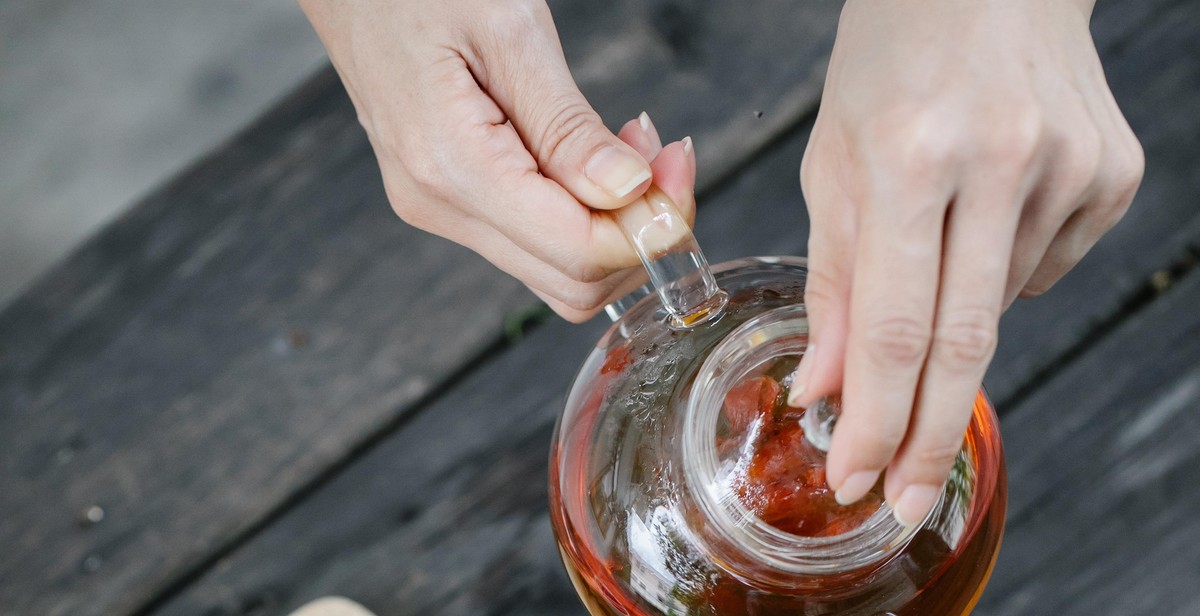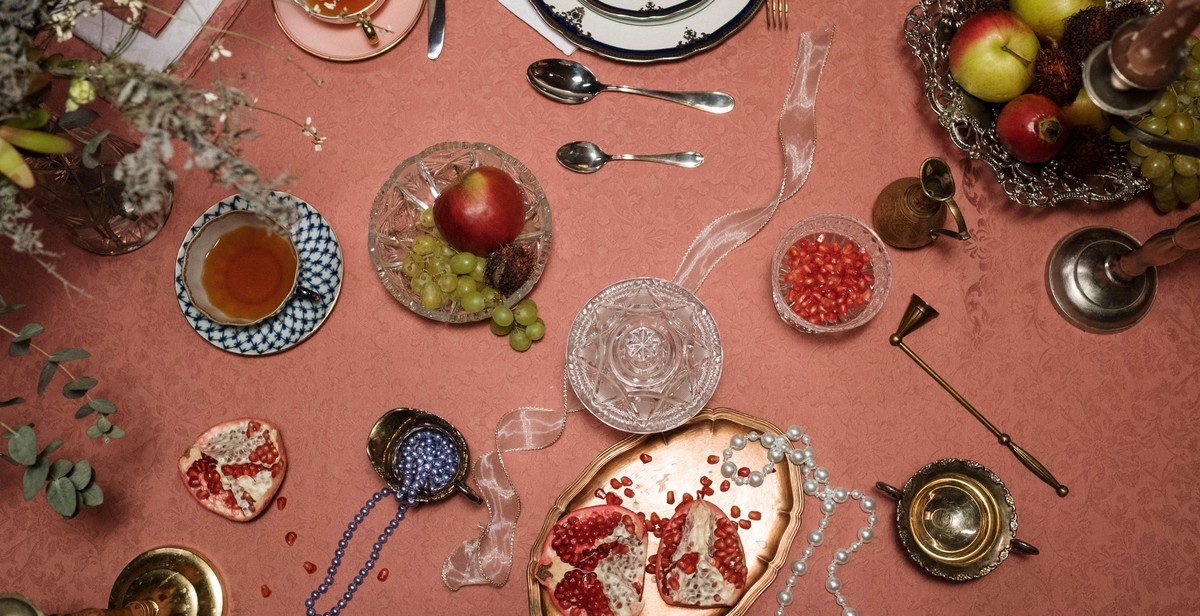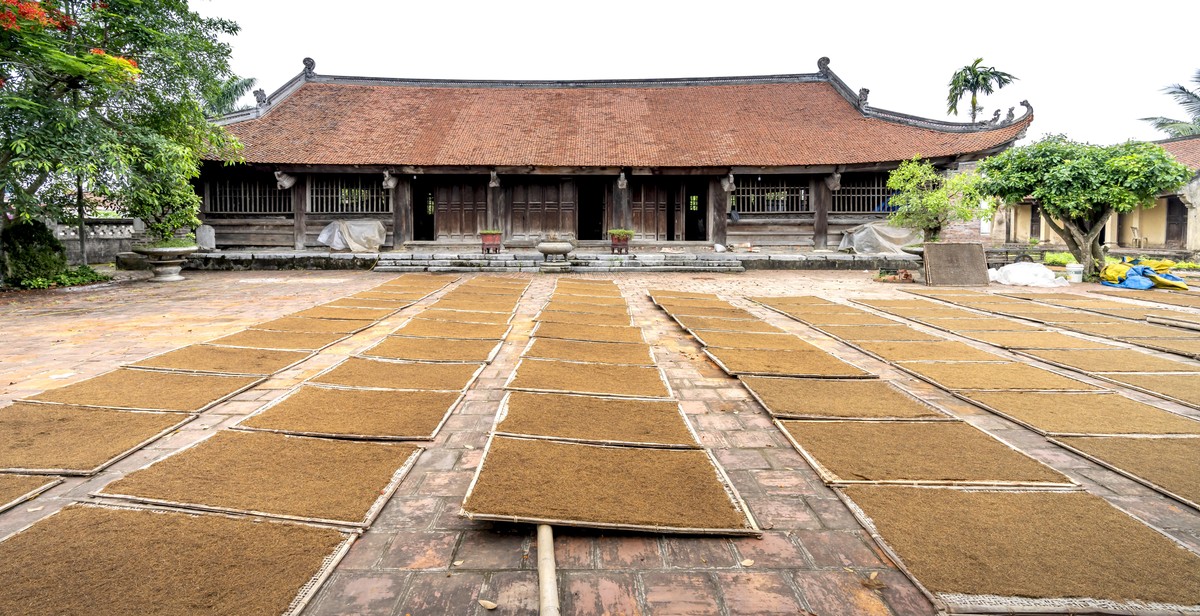Introduction: Understanding Pu-erh Tea
For centuries, Pu-erh tea has been a staple in Chinese culture and is now gaining popularity worldwide. This unique tea is made from the leaves of the Camellia sinensis plant, which is native to China. What sets Pu-erh tea apart from other types of tea is the fermentation process that it undergoes, resulting in a distinct earthy flavor and aroma.
There are two types of Pu-erh tea: raw (sheng) and ripe (shou). Raw Pu-erh tea is made from leaves that are sun-dried and then aged naturally, while ripe Pu-erh tea is made by a controlled fermentation process that can take several months or even years.
Appreciating Pu-erh Tea
Pu-erh tea is not only appreciated for its unique flavor and aroma but also for its potential health benefits. It is believed to aid in digestion, lower cholesterol levels, and improve mental clarity.
Learning to appreciate and identify different types of Pu-erh tea can be a daunting task for beginners. However, with a little knowledge and practice, anyone can become an expert. In this article, we will explore the different types of Pu-erh tea, their unique characteristics, and how to properly brew and serve them.
Identifying Different Types of Pu-erh Tea
There are various factors to consider when identifying different types of Pu-erh tea, including the origin, age, and processing method. Some of the most popular types of Pu-erh tea include:
- Raw Pu-erh tea
- Ripe Pu-erh tea
- Aged Pu-erh tea
- Cooked Pu-erh tea
- Pressed Pu-erh tea
Each type of Pu-erh tea has its own unique flavor, aroma, and brewing method. Understanding these differences is essential to fully appreciate and enjoy this exquisite tea.
| Type of Pu-erh Tea | Origin | Processing Method | Flavor Profile |
|---|---|---|---|
| Raw Pu-erh tea | Yunnan, China | Sun-dried and aged naturally | Earthy, floral, and astringent |
| Ripe Pu-erh tea | Yunnan, China | Controlled fermentation process | Earthy, smooth, and mellow |
| Aged Pu-erh tea | Yunnan, China | Naturally aged for several years | Rich, smooth, and complex |
With this basic understanding of Pu-erh tea, let’s dive deeper into each type and learn how to properly appreciate and brew them.

The History of Pu-erh Tea
Pu-erh tea is a unique type of fermented tea that originates from the Yunnan province of China. The tea has been enjoyed for centuries and has a rich history that spans back to ancient times.
The Origins of Pu-erh Tea
The exact origins of pu-erh tea are not known, but it is believed to have been first produced during the Han dynasty (206 BCE – 220 CE). It is thought that the tea was initially used for medicinal purposes due to its digestive benefits.
During the Tang dynasty (618 – 907 CE), pu-erh tea became more widely consumed and was even used as a form of currency. It was highly valued for its unique flavor and health benefits.
Pu-erh Tea in Ancient China
In ancient China, pu-erh tea was often consumed by travelers and traders as a way to prevent illness and aid digestion. It was also popular among monks and scholars who believed that the tea helped to clear the mind and improve concentration.
During the Ming dynasty (1368 – 1644 CE), pu-erh tea was considered a luxury item and was enjoyed by the wealthy and elite. It was often served during important ceremonies and was highly prized for its unique flavor and aroma.
The Rise of Pu-erh Tea in the Modern Era
Today, pu-erh tea is enjoyed by people all over the world and is known for its distinctive flavor and health benefits. In recent years, it has become increasingly popular among tea enthusiasts and is often considered a gourmet tea.
Pu-erh tea is unique in that it is fermented and aged, which gives it a complex flavor profile and a smooth, mellow taste. It is also believed to have a number of health benefits, including aiding digestion and reducing cholesterol levels.
Overall, the history of pu-erh tea is a fascinating journey that spans back centuries. From its origins as a medicinal tea to its rise as a luxury item, pu-erh tea has played an important role in Chinese culture and continues to be enjoyed by tea lovers around the world.

Types of Pu-erh Tea
Pu-erh tea is a type of fermented tea that originates from the Yunnan province of China. It is made from the leaves of the Camellia sinensis plant and is known for its unique flavor, aroma, and health benefits. There are four main types of Pu-erh tea: raw Pu-erh tea, ripe Pu-erh tea, aged raw Pu-erh tea, and aged ripe Pu-erh tea.
Raw Pu-erh Tea
Raw Pu-erh tea, also known as green Pu-erh tea or sheng Pu-erh tea, is made from leaves that are picked, withered, and then sun-dried or pan-fried. The tea is then compressed into cakes or bricks and aged for several years. Raw Pu-erh tea has a light, floral flavor and a slightly bitter aftertaste. It is known for its health benefits, including aiding in digestion and reducing cholesterol levels.
Ripe Pu-erh Tea
Ripe Pu-erh tea, also known as black Pu-erh tea or shou Pu-erh tea, is made from leaves that have undergone an accelerated fermentation process. The leaves are picked, withered, and then piled up to undergo a controlled fermentation process. The tea is then compressed into cakes or bricks and aged for several years. Ripe Pu-erh tea has a smooth, earthy flavor and is known for its health benefits, including aiding in digestion and reducing inflammation.
Aged Raw Pu-erh Tea
Aged raw Pu-erh tea is made from raw Pu-erh tea leaves that have been aged for several years. As the tea ages, it develops a more complex flavor profile, with notes of honey, fruit, and flowers. Aged raw Pu-erh tea is highly prized among tea enthusiasts and can be quite expensive.
Aged Ripe Pu-erh Tea
Aged ripe Pu-erh tea is made from ripe Pu-erh tea leaves that have been aged for several years. As the tea ages, it develops a smoother, more mellow flavor profile. Aged ripe Pu-erh tea is also highly prized among tea enthusiasts and can be quite expensive.
| Type of Pu-erh Tea | Flavor Profile | Health Benefits |
|---|---|---|
| Raw Pu-erh Tea | Light, floral flavor with a slightly bitter aftertaste | Aids in digestion and reduces cholesterol levels |
| Ripe Pu-erh Tea | Smooth, earthy flavor | Aids in digestion and reduces inflammation |
| Aged Raw Pu-erh Tea | More complex flavor profile with notes of honey, fruit, and flowers | Highly prized among tea enthusiasts |
| Aged Ripe Pu-erh Tea | Smoother, more mellow flavor profile | Highly prized among tea enthusiasts |

Appreciating Pu-erh Tea
Pu-erh tea is a type of fermented tea that originates from China. It is known for its unique taste, aroma, and appearance. Here are some tips on how to appreciate and identify different types of Pu-erh tea:
Appearance
The appearance of Pu-erh tea can vary depending on the type and age of the tea. Younger Pu-erh tea usually has a light brown or golden color, while older Pu-erh tea can have a dark brown or black color. The leaves are tightly compressed into a cake or brick shape, and some types may have visible tea buds or stems. When brewed, Pu-erh tea has a clear and bright color.
Aroma
Pu-erh tea has a unique aroma that can range from earthy and woody to fruity and floral. The aroma can also vary depending on the age of the tea. Younger Pu-erh tea tends to have a milder aroma, while older Pu-erh tea has a stronger and more complex aroma. When brewed, Pu-erh tea has a rich and inviting aroma that can fill the room.
Taste
The taste of Pu-erh tea can also vary depending on the type and age of the tea. Younger Pu-erh tea usually has a light, refreshing taste with a slightly sweet aftertaste. Older Pu-erh tea has a more complex and robust flavor with a smooth and mellow finish. The taste can also be affected by the brewing method and water temperature.
Mouthfeel
Pu-erh tea has a unique mouthfeel that can be described as smooth, thick, and slightly astringent. The mouthfeel can also vary depending on the type and age of the tea. Younger Pu-erh tea tends to have a lighter mouthfeel, while older Pu-erh tea has a thicker and more velvety mouthfeel. The mouthfeel can also be affected by the brewing method and water temperature.
By paying attention to the appearance, aroma, taste, and mouthfeel of Pu-erh tea, you can gain a deeper appreciation and understanding of this unique and delicious tea.

Identifying Authentic Pu-erh Tea
Pu-erh tea is a unique type of fermented tea that is highly valued among tea connoisseurs. However, with its growing popularity, there has been an increase in the production of fake or low-quality Pu-erh tea. Here are some tips for identifying authentic Pu-erh tea:
Origin and Terroir
Pu-erh tea is grown in the Yunnan province of China, specifically in the areas of Xishuangbanna, Pu’er, and Lincang. The terroir, or the environmental factors such as soil, climate, and altitude, greatly affect the flavor and quality of Pu-erh tea. Authentic Pu-erh tea should have a distinct earthy, woody, or mossy flavor that is unique to the Yunnan region.
Production and Processing Methods
There are two types of Pu-erh tea: raw (sheng) and ripe (shou). Raw Pu-erh tea is aged naturally over time, while ripe Pu-erh tea undergoes a special fermentation process to speed up the aging process. Authentic Pu-erh tea should be produced using traditional methods, which involve sun-drying, rolling, and compressing the tea leaves into cakes, bricks, or tuochas.
Age and Storage
Pu-erh tea is aged for several years to develop its distinctive flavor and aroma. The age of Pu-erh tea is an important factor in determining its quality and value. Authentic Pu-erh tea should be aged for at least three years, with some high-quality Pu-erh teas aged for over 50 years. Proper storage is also crucial for preserving the flavor and quality of Pu-erh tea. It should be stored in a cool, dry, and well-ventilated place away from strong odors.
Purchasing from Reputable Sellers
One of the best ways to ensure that you are getting authentic Pu-erh tea is to purchase from reputable sellers. Look for sellers who specialize in Pu-erh tea and have a good reputation among tea enthusiasts. Avoid purchasing Pu-erh tea from unknown sources or online marketplaces that offer low prices, as these may be indicators of fake or low-quality Pu-erh tea.
By keeping these factors in mind, you can identify and appreciate authentic Pu-erh tea and avoid falling for fake or low-quality products.

Conclusion
Pu-erh tea is a unique and complex type of tea that offers a wide range of flavors and health benefits. Whether you are a seasoned tea drinker or just starting to explore the world of tea, pu-erh is definitely worth trying.
Benefits of Pu-erh Tea
- May aid in digestion and weight loss
- Contains antioxidants and anti-inflammatory properties
- May improve heart health
- May reduce stress and improve mental clarity
With so many different types of pu-erh tea available, it can be overwhelming to know where to start. However, by understanding the different categories and types of pu-erh, you can begin to appreciate the unique characteristics and flavors of each.
Final Thoughts
Whether you prefer the earthy and robust flavor of shou pu-erh or the delicate and floral notes of sheng pu-erh, the key to enjoying pu-erh tea is to experiment and find what works for you. By following the tips and guidelines outlined in this article, you can confidently identify and appreciate the different types of pu-erh tea available.
Remember, pu-erh tea is more than just a beverage – it is a cultural and social experience that has been enjoyed for centuries. So, sit back, relax, and savor the rich history and flavors of this truly unique tea.
